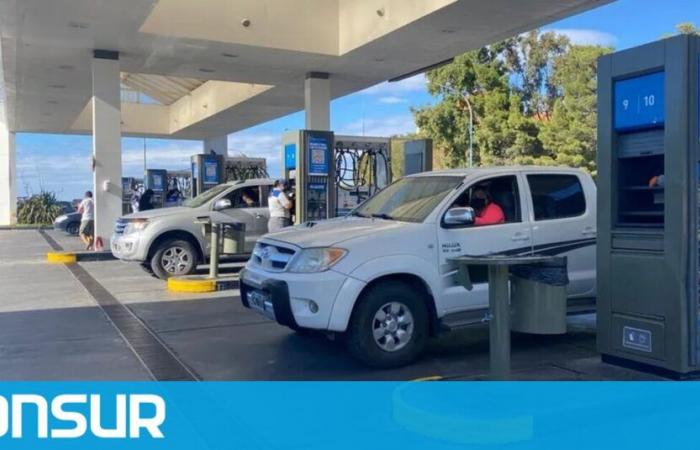
The YPF state oil company will implement a new price management system from June 23 that will allow it adjust the value of gasoline and diesel in Real time, According to the demand of each of its more than 1,600 service stations distributed throughout the country.
It is a tool known as “micropricing”designed to monitor the behavior of consumers and competition in each locality, at every moment of the day.
With this technology, the company can raise or lower fuel prices dynamically, seeking to improve its profitability and, at the same time, offer competitive promotions.
Innovation is part of the Real Time Intelligence Center (RTIC)an operational intelligence platform that will work from the YPF tower in Puerto Madero.
The government will increase energy subsidies to keep gas and light rates almost frozen
A version of the RTIC has already been used since last December to optimize the operations of Vaca Muerta, where it allowed to improve productivity in the exploration and production segment (UPSTREAM).
As explained by Horacio Marín, president and CEO of YPF, the new center will allow to visualize in real time the consumption of fuel in all the overdrays of the country.
“For example, if there is little consumption in a town at night and we are losing money, we can reduce costs, promote self -broadcast and lower prices to encourage load. Thus we will be more efficient and users will pay less,” he said in radio statements.
With this system, the company projects to generate efficiencies for US $ 800 million in the next five years in the segment of service stations and refineries, and reach an additional margin of $ 6 per barrel.
“It’s not about prohibiting mining, but applying the right technique,” said a Uranium specialist
The Downstream – which includes the refining and marketing of fuels – provides for investments by 500 million dollars this year.
The company also recalled that, in line with the price policy, on May 1 it applied an average reduction of 4% in gasoline and diesel.
In the city of Buenos Aires, grade 2 fuels dropped between 2% and 3%, and grade 3 (premium) fell between 6% and 8%.
YPF will present its results from the first quarter of 2025 next Thursday, May 8. In their last balance, corresponding to 2024, its managers stressed that local fuel prices were almost aligned with international values.





